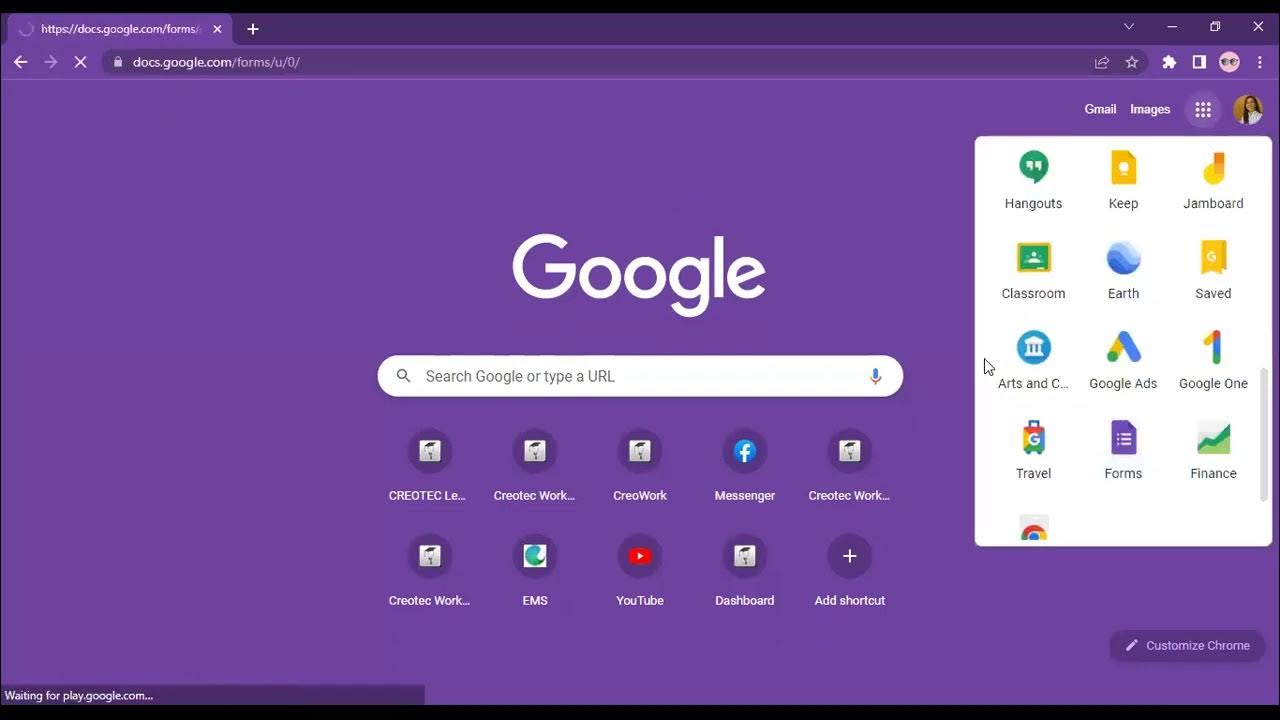The 7-step freelance process that helped me quit my job 🤫
Summary
TLDRThis video shares a step-by-step guide on streamlining a freelance workflow for maximum productivity. The creator details their process, from initial client contact and discovery calls to proposals, contracts, and project execution. They emphasize the importance of setting clear expectations, using efficient tools, and maintaining professional communication. Key stages include proposal creation, contract sealing, managing design revisions, and client handover. The video concludes with advice on reflecting and improving workflow, stressing the importance of building rapport with clients and growing your freelance career over time.
Takeaways
- 😀 Freelancing can transform your life by providing more experience, income, and freedom, but it's essential to have an efficient workflow to succeed.
- 📧 The initial contact with a client should focus on assessing if the project is a good fit, using tools like email, phone, or video calls.
- 📅 Scheduling client meetings efficiently is key, and tools like Plan B or Savvycal can streamline the process, especially when dealing with different time zones.
- 📝 During the discovery call, it's important to understand the client's needs, budget, timeline, and preferences, while keeping the meeting concise and on time.
- 📊 Use social proof (testimonials and past work) when pitching your services to clients to build trust and credibility.
- 💼 A proposal should include relevant social proof, project milestones, deliverables, and any other essential details to help the client understand your value.
- 💰 Always collect a deposit (usually 50%) before starting work to protect your time and effort, especially for large projects.
- 🖥 Organizing client information in a single portal, like Notion, ensures that all communication, assets, and project details are easily accessible and streamlined.
- 🔄 For design revisions, use versioning tools or Figma's version history to track changes and ensure that feedback is gathered in batches for efficiency.
- 📤 Once the project is completed, wrap up by handing over assets, sending the final invoice, and reflecting on the project to improve your workflow for future projects.
- 🔄 Continuously refine your workflow, offer ongoing support to clients, and don't rush into scaling your freelance business until you have a steady stream of projects.
Q & A
What is the first step in the freelance workflow?
-The first step is initial contact with the client. This involves getting to know the client, deciding if the project is a good fit, and discussing budget and project needs.
How do you manage client meetings and scheduling?
-To manage client meetings, the speaker recommends using tools like Plan B or SavvyCal, which allow clients to book meetings based on your availability, reducing back-and-forth.
What should you do before a discovery call?
-Before a discovery call, you should research the client, prepare answers for any client questions, and create a tailored portfolio relevant to their project.
What is the purpose of the discovery call?
-The goal of the discovery call is to understand the client’s needs, determine if you can help, and discuss details like business goals, budget, timeline, and design preferences.
How do you handle proposals?
-For proposals, you prepare a detailed document that includes social proof, project milestones, relevant past work, and pricing. This is sent to the client after a successful discovery call.
How do you seal the deal with a client?
-To seal the deal, you send an invoice and contract together in one document via Figma. This document includes payment terms, deliverables, milestones, and your revision policy.
Why is it important to collect a deposit before starting work?
-It is important to collect a deposit (usually 50%) before starting work to ensure that both parties are committed to the project and to avoid financial risk.
How do you manage communication throughout the project?
-You decide on a communication platform with the client (e.g., email, Slack, WhatsApp) and collect all necessary assets and information, such as brand guides and research, before starting work.
How do you handle design revisions?
-For design revisions, you encourage clients to gather all their feedback at once instead of giving feedback piecemeal. You can also use versioning in Figma or take advantage of Figma’s version history.
What is the final step in the freelance workflow?
-The final step is project wrap-up, which involves handing over all assets to the client, scheduling a final call, sending the final invoice, and updating the project status in your tracking system.
Outlines

هذا القسم متوفر فقط للمشتركين. يرجى الترقية للوصول إلى هذه الميزة.
قم بالترقية الآنMindmap

هذا القسم متوفر فقط للمشتركين. يرجى الترقية للوصول إلى هذه الميزة.
قم بالترقية الآنKeywords

هذا القسم متوفر فقط للمشتركين. يرجى الترقية للوصول إلى هذه الميزة.
قم بالترقية الآنHighlights

هذا القسم متوفر فقط للمشتركين. يرجى الترقية للوصول إلى هذه الميزة.
قم بالترقية الآنTranscripts

هذا القسم متوفر فقط للمشتركين. يرجى الترقية للوصول إلى هذه الميزة.
قم بالترقية الآنتصفح المزيد من مقاطع الفيديو ذات الصلة

How to Rank #1 FREE With Perplexity AI SEO

How To ACTUALLY Start Copywriting In 2024

Workplace Productivity Tools Part 1

The ONLY Graphic Design Tutorial You'll Ever Need! (FULL Process)

How to become a FREELANCER in 2024 - The Ultimate Beginner Guide To Freelancing - Full Course

[Step-by-step] Ultimate Pricing Guide for Graphic Designers
5.0 / 5 (0 votes)
